| Structure | Name/CAS No. | Articles |
|---|---|---|
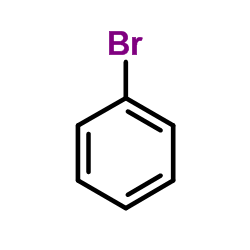 |
Bromobenzene
CAS:108-86-1 |
|
![Benzo[d]thiazole Structure](https://image.chemsrc.com/caspic/318/95-16-9.png) |
Benzo[d]thiazole
CAS:95-16-9 |
|
 |
Chloroform
CAS:67-66-3 |
|
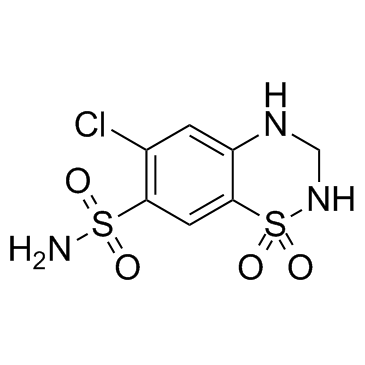 |
Hydrochlorothiazide
CAS:58-93-5 |
|
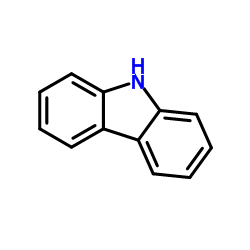 |
Carbazole
CAS:86-74-8 |
|
 |
Acetone
CAS:67-64-1 |
|
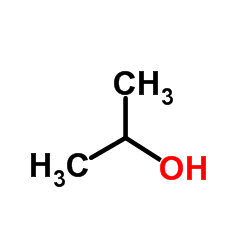 |
Isopropanol
CAS:67-63-0 |
|
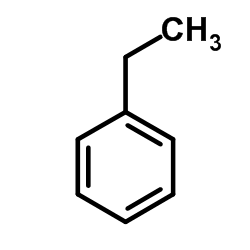 |
ether
CAS:100-41-4 |
|
 |
Acetonitrile
CAS:75-05-8 |
|
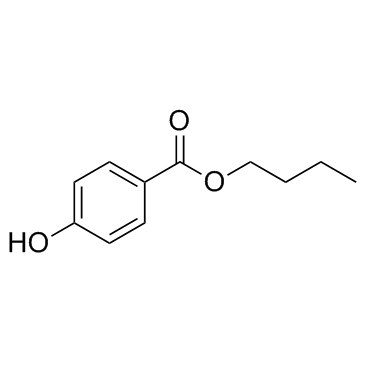 |
Butyl 4-Hydroxybenzoate
CAS:94-26-8 |